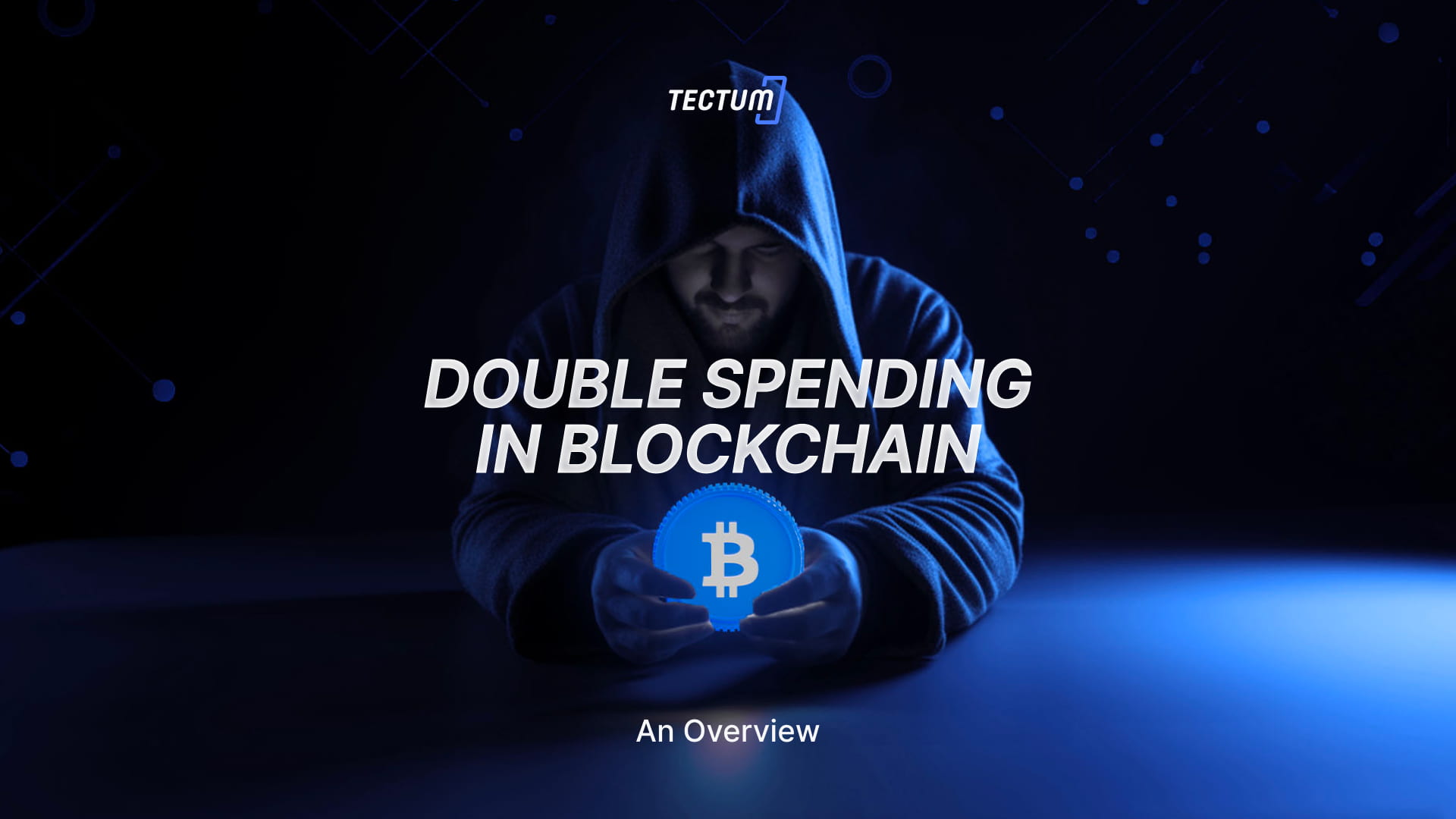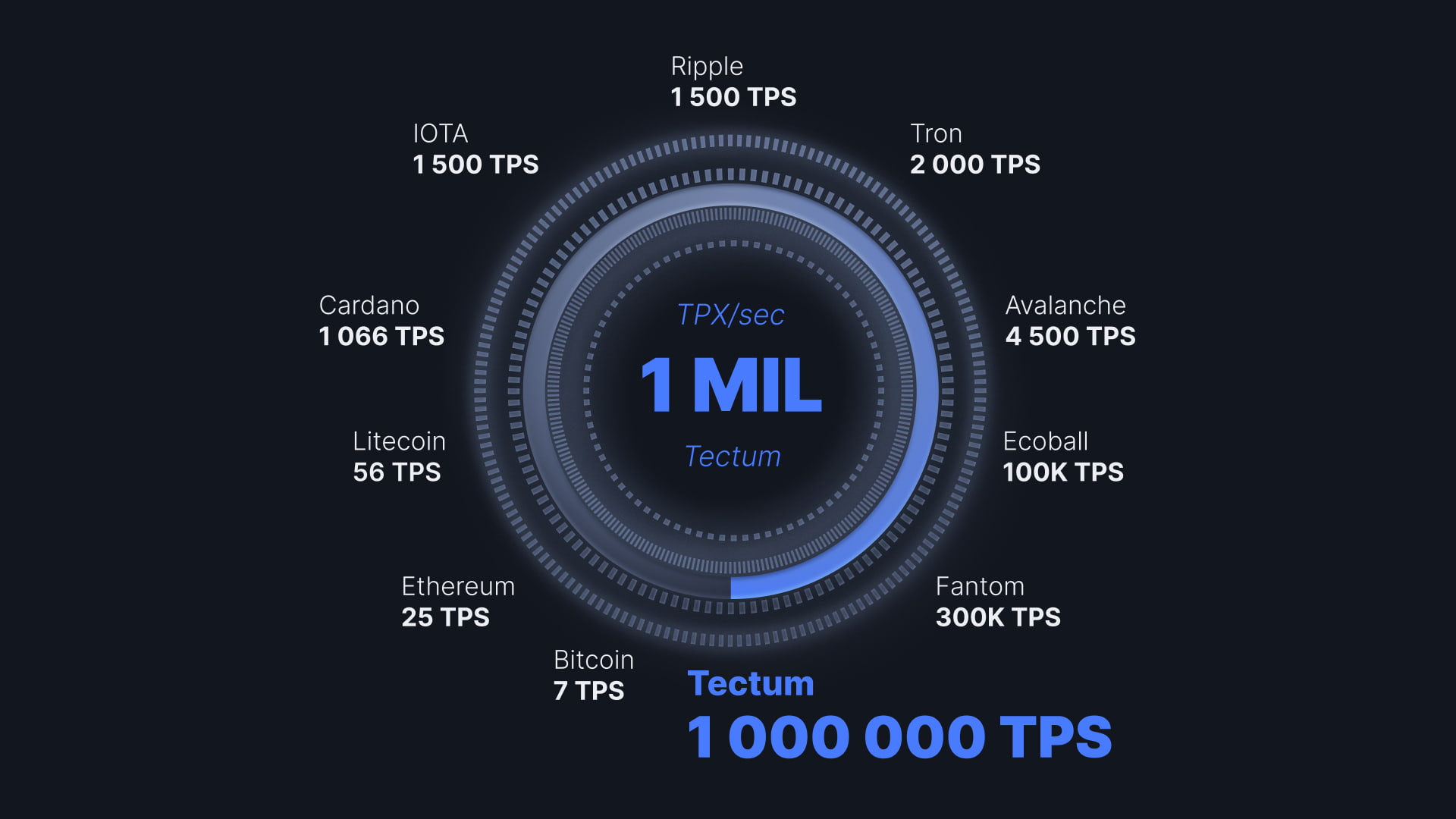If you have heard of the popular English proverb “you can not have your cake and eat it too” then you are on your way to understanding double spending in the blockchain. However, you need to understand the concept of double spending itself.

What is Double-Spending With Examples
Supposing I have a $10 note, If I find a good forger, I can forge another $10 and have $20. If I then buy something with that $20, then I have double spent the original $10. However, if the person I am trying to buy stuff from checks the serial number on the notes, they will see that they are the same and I would be caught and arrested for fraud. It is because the issuer of the notes i.e. the Federal Reserve, put serial numbers on the notes to guide against that exact kind of thing as part of its regulations.
Can You double-spend on Blockchain?
Now that you understand how double spending works, I’ll try and help you understand the concept of Double Spending in a blockchain better, by doing a little refresher on how blockchains work
A blockchain is a chain of decentralized, distributed, and immutable blocks that are used in cryptocurrency transactions. When a user makes any transactions, the transaction is recorded on a block to be validated by other users on the network. It is when it has been validated by other users that the transaction is then executed, or at least that is how it is meant to work. Note that since the blockchains don’t have a central regulator, every user has to validate transactions
Unfortunately, Blockchains are not perfect, and some malicious users often exploit them. One way they do this is by creating multiple copies of the same cryptocurrency and using them in different transactions. For instance, supposing a user has 1 BTC, they can make copies of that 1 BTC and use it for different transactions (much like someone forging the $10 note). Since crypto is a computer file, the two copies would be virtually indistinguishable from each other unless other users validate which is which.
Double spending can happen on the blockchain if there is no user to verify the transaction or the user’s wallet is not secure.
How do you fix double spending in Blockchain?
To be able to properly answer this question I will share two ways that double spending on bitcoin occurs
- One user can make several copies of the same BTC and use them for transactions with multiple users.
- A user can perform a transaction and then reverse it after obtaining the service, such that he still retains the same Bitcoin to be used for another different transaction. Of course, this would be impossible in a physical currency since you can’t reverse money that you have given to someone for service (unless you rob them).
Ways by which bitcoin double spending is controlled
- Validation of every transaction on the blockchain is done by a maximum number of nodes in a network to ensure that there is no mistake, it is after this validation is done that the block is added to the blockchain
- All the transactions on the blockchain are time-stamped. That way the bitcoin from that transaction cannot be reversed, if other transactions are made with that timestamped coin, they will be canceled
- A copy of each transaction is saved at every node in that network. Thus even if the network fails the whole blockchain will not go down
- Merchants get block confirmations so that they know that double spending has not occurred. Bitcoin usually requires a minimum of 6 block confirmations
How many transactions can Blockchain Handle?
Most cryptocurrencies have their blockchain and each blockchain has its Transactions per second limit. The biggest crypto blockchain, Bitcoin can only do 5-7 transactions per second. Solana’s blockchain is more efficient, being able to process 3000 transactions per second and up to 65000 transactions, Algorand can do 1300TPS, and Ripple has the capacity for 1500TPS with the potential scale to up to 50,000 Ethereum aka Serenity coming in early 2023 will be able to do 100,00 TPS.
It is worthy of note though, that it is not how fast a blockchain can do transactions that matter, but how decentralized and secure it is. This is why the BTC blockchain even though it is one of the slowest is still the one with the highest population. Because it is the most secure.
How does crypto solve double spending?
Apart from mining new bitcoin miners are essentially acting as auditors to forestall the problem of double spending in the following ways,
- Validating every transaction on the blockchain network to ensure that there are no mistakes, or reversals
- Ensuring that all the transactions on the blockchain are time-stamped. That way the bitcoin from that transaction cannot be reversed.
- Miners confirm new blocks so that they know that double spending has not occurred. Bitcoin usually requires a minimum of 6 block confirmations
Can crypto cause double spending?
Since no system in the world is perfect, cryptocurrencies can cause double spending. However, since Blockchains are automated, double-spend usually doesn’t occur with new blocks, but it is far more likely to happen if the crypto is stolen from a wallet that is adequately protected.
However, as much as cryptocurrency analysts talk about the problem of double-spending, it has been a largely theoretical problem. There are only rare cases in which double spending actually occurred and they were all quickly stopped.
One particular mode of double-spending that analysts often warn against is the 51% percent attack, in this case, a malicious attacker can take over the majority of the network and be the one to validate all the transactions, which means they can control transactions as they want.
However even this 51% attack cannot happen to a large blockchain like Bitcoin given how many people are on it. It is only smaller blockchains that might be in danger.

